by Shanker Raman
The married print was ready in July 2007. Two prints were struck from a color DI negative on to a black and white positive, made at Color by Deluxe in Los Angeles. It had its first public screening at the Osian Cinefan film festival end of July 2007. Since then it has travelled to numerous film festivals all over the world. It was an Official selection at Toronto, Pusan, BFI London, Thessaloniki, Mumbai and Rotterdam to name a few. It has won Best Film, Best Director, Best Cinematography, Best Actor and Best Music Awards. It got an official release in June 2009, nearly two years after the first print came out.
When the film was going to be released in Pune, I got a call from a reporter, asking me routine questions about the film- questions I had been asked before on numerous occasions. Most of them I had answered enthusiastically, wanting to be correct about my own reasons to the why and the how…
Why black and white? Why this story? Why Danny? Why the title “Frozen”? etc. Amongst such questions which were more like conversation starters I was asked, “What else is special about the film other than it being shot in black and white” and shot in high altitude in winter….?” I was a bit taken aback by that one. Perhaps a bit shocked, because I did not have a pat answer for it.
Today I must admit I don’t have the burden of saying things about the film that will make people go and watch it. On the contrary I feel reflecting on and sharing the experience should inspire others to go out and make films that they want to make.
So…. how did it all happen? Black and White, No Song and Dance, No Stars, Part Ladakhi Language, No Business Plan, No Recovery Plan, No Distributer, No Stars in the Crew also…. all the ingredients to a disastrous Business venture.
I am sure there are a number of talented people out there who are exactly in this situation without the money to go ahead. I was lucky to be part of a production that happened because Shivajee(Producer/Director) had the courage to say he will do it, he wants to do it.
The story was there. A story about a brother and sister living in the middle of nowhere, in a dream-like existence. A story that explores the emotional landscape of these two as they come of age in a place where people have no warmth for each other. Hence the title “Frozen”. Karma, the Father was a character devised as the pillar, anchor to his children. He is constantly on the verge of being defeated by circumstances and yet he survives it through his faith in wholesome thought and action. His daughter Lasya is not precocious. She is intoxicated by her own impression of reality that makes her less of a type but more of a personality. She chooses to act upon her impulses that are devoid of responsibility and more for self-fulfillment. The Army element was more a metaphor to underline the inevitability of misfortune and the dilemma that follows. They have reasons to be there, but reasons alone are never enough to explain the tragedies of existence.
It was clear that the story telling will not be to paint a sociological bromide but more to probe, explore and inspire a sense of inquiry in the viewer. To discover beneath the frenzy of the physical and moral- a “quiet”….
The cinematic medium was ideal for this kind of story telling. Ladakh was the first to be cast. It seemed an ideal location for the story to be told in. It had the appropriate ingredients that would underline the alienation of the principal characters from an aspect of society whose greed will never be satisfied. Winter was the chosen season simply because it offered the bleak landscapes that appear as scabs in the background. The general decay of human behaviour under the influence of greed and lust being the opposite polarity to Karma’s noble intentions was important to the story telling. It was easier to bind and contain the intensity by filming in black and white. Looking back today I believe it definitely enhanced the human touch to the story telling.
The house where Karma and Lasya live was built in the month of January in a barren rocky area in Stakmo, behind Thiksey Monastery. We could not find an existing house that would serve the purpose, hence we built it. It took the entire month and another week or so to dress it up. It was designed keeping in mind some basic needs. Space, orientation and a sense of age. The house also had to be positioned in such a way that there was enough space for the army camp to be set up and be visible from inside the house in proportion. Because of the vastness of the space, which was very deceptive it took us some crazy guesswork to get material for all this. There was an existing pucca structure that belonged to a road construction department of the Army. We built our camp in front of that so as to make it look integrated.
These were some challenges we faced in order to make it look authentic. The terrain was hard to build on because it was all rocky and in January the water would freeze. It was built like a proper house, mud, brick and stones. All Legit. Since the arrival and building of the camp was part of the script it was shot in sequence.

The narrative style was always going to rely heavily on Images and Sound. There was a lot of real time exploration resulting in lengthy takes. These lengthy takes come in as punctuation intended to break the tempo that emerges from a talkie scene. They were created in order to try and go directly into “the thing” in question, to emphasize more on a spiritual significance that could not be spoken or said. Handheld camera was used to illustrate the asymmetrical relationships and investigate the ideas of forgiveness and revenge. The camera movements were designed to capture the cold environment with a sense of warmth. It was lyrical to look at after but very mechanical to create.
In retrospect I feel some of it was achieved and most of it fell short of the intended result. If there was a greater emphasis on the figure of the actor than the spoken word in some scenes, it might have enhanced the pace a bit.
The first draft of the Screenplay was used to Cast and Budget. Upon casting some scenes were revised keeping in mind some of the actors. Especially Yashpal Sharma who plays the Dodgy Sharma Ji. All in all I feel an additional month of so of thrashing out the script into a 3rd or 4th draft might have done wonders. Its just that there is so much pressure during a shoot that one is not able to explore the available possibilities beyond a point. Some amount of objectivity prior to filming is crucial to make the most of it. But then we did not have the luxury because we had to film in winter and there wasn’t much time to wait around. It has its own benefits. It gives birth to some unadulterated spontaneity that produces some very original material. And we were all a witness to that. There is nothing more satisfying when an alternate world reveals itself and you were there at the right time to capture it.
Film making is a brutal, thankless process. It is very different from Film Viewing. The physical dynamics, high emotionality, forces of nature, all kinds of prejudice, inner demons, and obsessive skepticism are some of the handicaps. They could come in the form of cold climate, equipment not arriving on time, generator not silent enough to bad shot taking or actor issues. It’s all the same in every film, to varying degrees. Looking back, it doesn’t seem like a big deal.
There is a lot of responsibility that every department head carries. There is one objective. Some say it is the final film, but no one knows what shape of flavour it has; it hasn’t been made yet. So the objective really can be something that is real, within your control and not an imaginary entity. To keep in check the tools that will help you tell the story well. Script, Art, Lighting, Composition, Shot taking etc. To make it as pleasant as possible for others and oneself. To respect each individuals work and deem it necessary to give it due time and attention. Seems obvious enough, almost ideal. If anyone asks me what else was special about this film? I would say it got made. The worst business proposition got made. It has opened doors to others who have these very ideals. It was made with a lot of love and commitment. It was made with a lot of dignity. This is what the film makers aspired for. They achieved it.
Finally i would like to add a few words of gratitude for Anand Surapur and Phat Phish. They came in and gave it support at a stage when we had a fine cut and very little or no finance to finish the post work. If not for him there would have probably be no Married Print. My best wishes to all those who were involved in this project and made it happen.
Crew:
Director/Producer: Shivajee Chandrabhushan
Writer/Cinematographer/Executive Producer: Shanker Raman
Editor: Shan Mohammad.
Sound Design: Vivek Sachidanandan
Location Sound: Tenny
Camera op/ 2nd Unit DP: Tanmay Agarwal
Technical Specs:
Language: Hindi/Ladakhi
Running time: 107 min.
Shooting format: 35mm.
Stock: Eastman Kodak Color Negative 5218, 5245, 5205
DI: Kodak Color Intermediate 5242
Print: Black and White Positive 2302
Film Length: 9900ft
Sound format: Digital Dolby (SR-D)
Screen ratio: 1:1.85
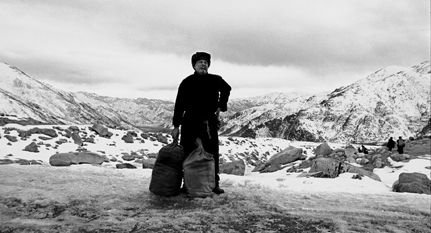
Danny

Karma (played by Danny)
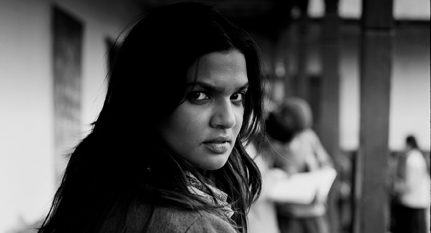
Lasya
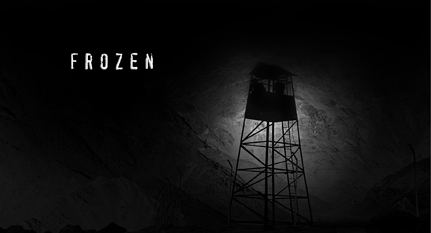
Watchtower

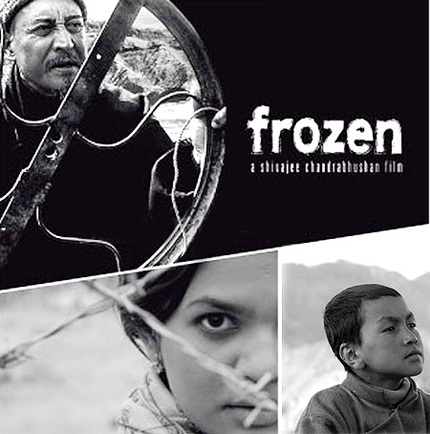
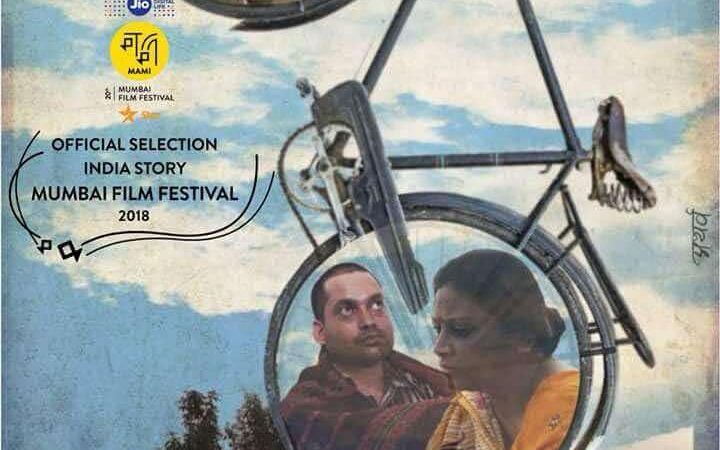
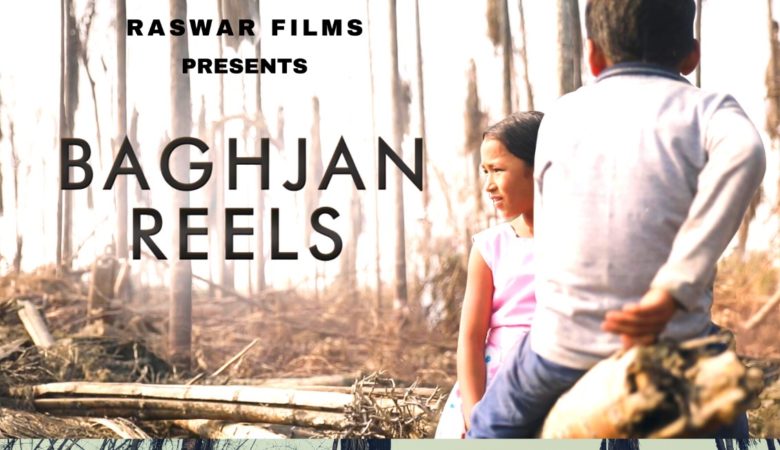
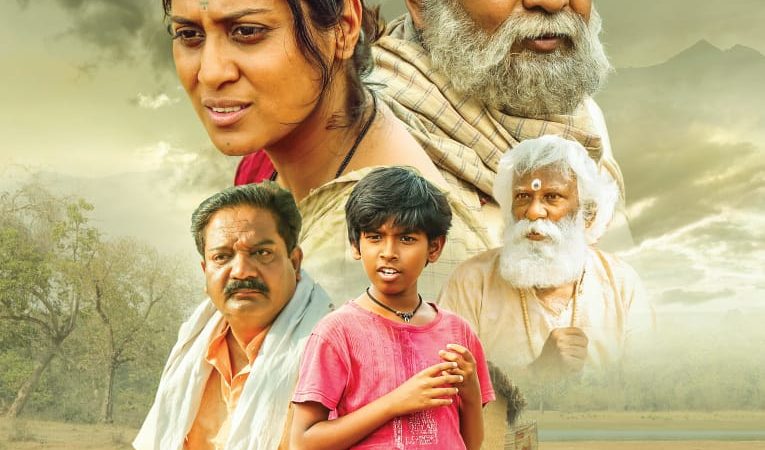
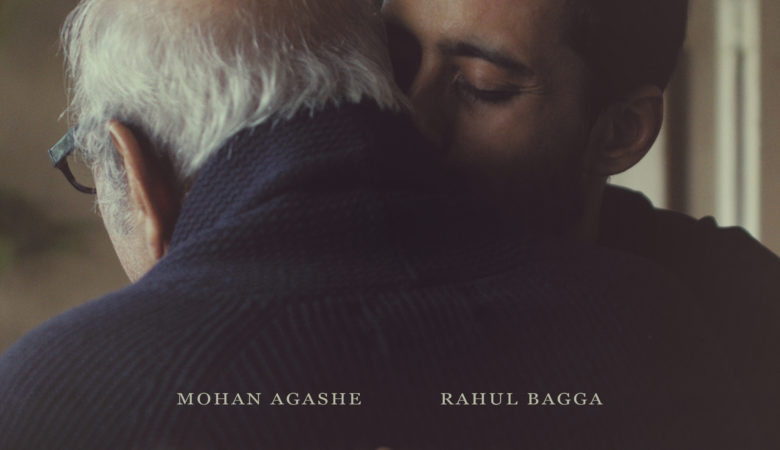



Leave a Reply